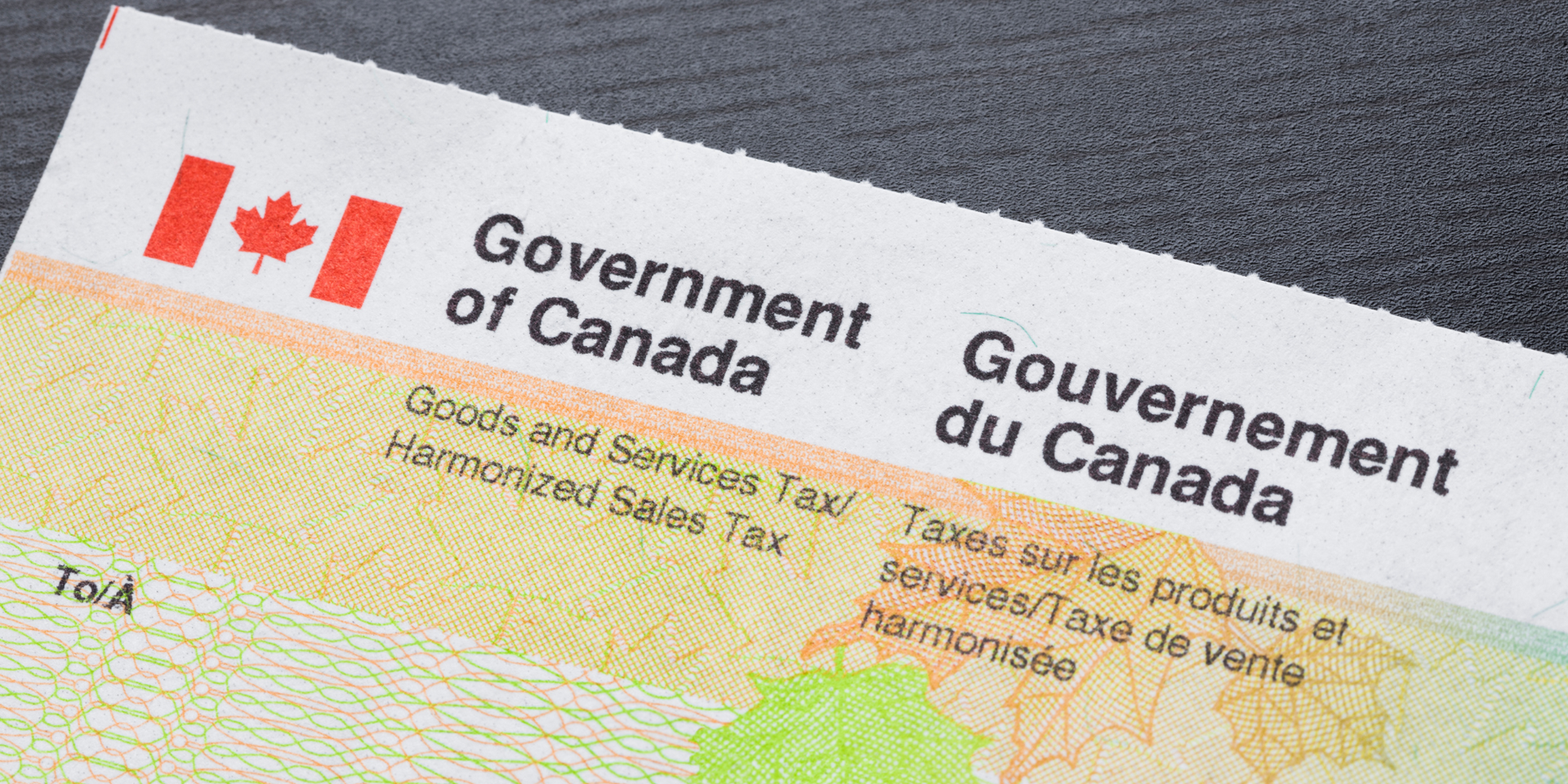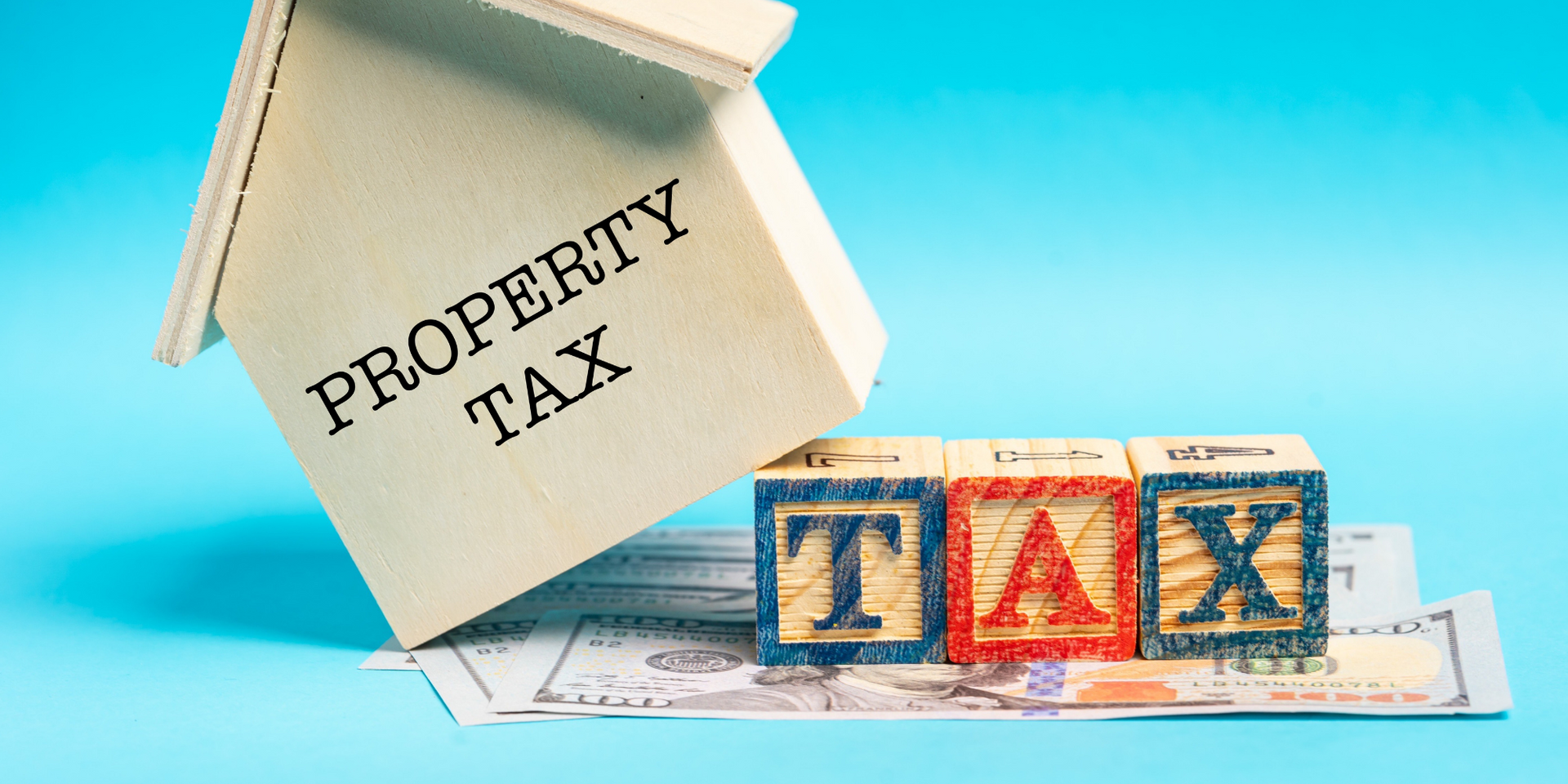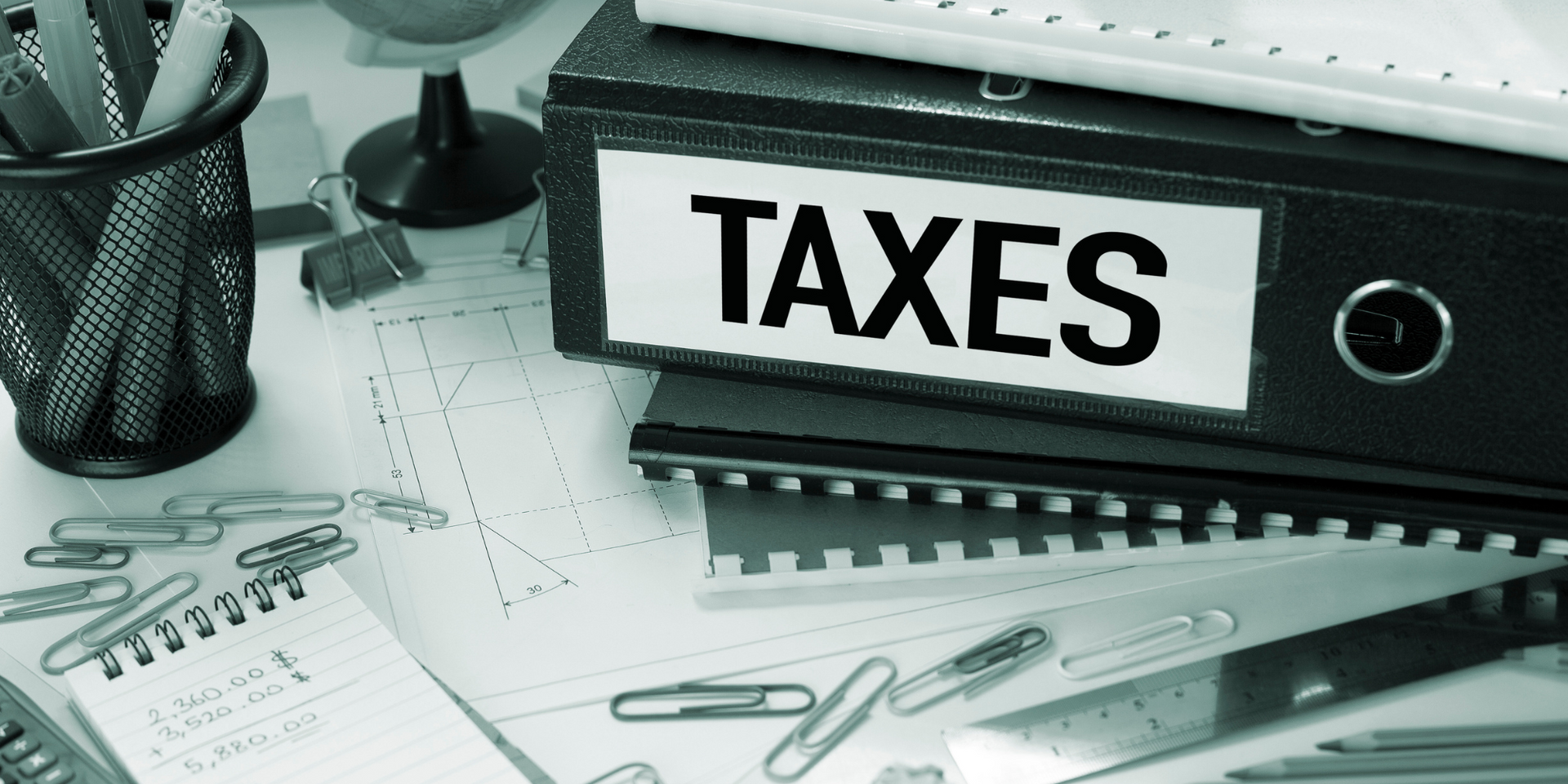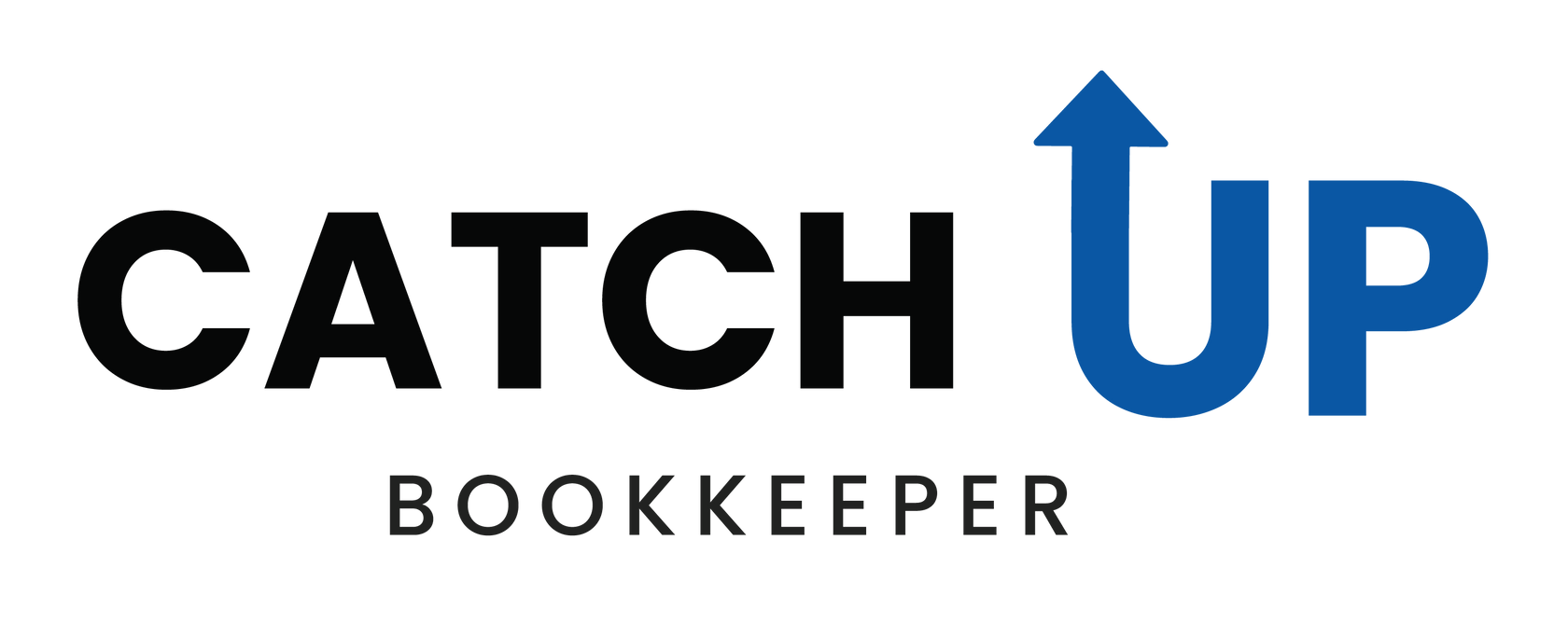T2200 Form and Employment Expenses: A Complete Guide
If your company has adopted a remote work policy, you’ve started working from home, or you're planning to claim unreimbursed employment expenses this tax season, this guide is for you.
Unlike freelancers or self-employed individuals, salaried employees face different rules when it comes to deducting work-related expenses. That’s where the T2200 tax form comes in.

What is the T2200 Tax Form Used For?
As a full-time salaried employee, the T2200 Declaration of Conditions of Employment form is your ticket to deducting certain work-related expenses, including home office expenses. This form helps reduce the total taxes you owe to the Canada Revenue Agency (CRA) by allowing you to claim deductions for specific costs incurred during your employment.
What’s the Difference Between T2200 and T777?
You don’t have to fill out the T2200 form yourself—your employer handles this. Your employer must complete Part B of the form, listing and approving the deductible expenses, and sign the “Employer Declaration” section.
You don’t need to submit the T2200 with your tax return, but it’s important to keep a copy for your records in case the CRA requests it. Instead of submitting the T2200, you’ll report your expenses on Form T777, "Statement of Employment Expenses," which calculates the total deductions on your tax return.
- Transport employees use the TL2 form, “Claim for Meals and Lodging Expenses.”
- If you’re claiming a GST/HST rebate, complete Form GST370, “Employee and Partner GST/HST Rebate Application.”
- Quebec residents who are salaried or commissioned employees should fill out Form TP-64.3-V and have their employer sign it.
What Expenses Can Be Claimed on the T2200?
You can claim eligible expenses if:
- Your employment contract requires you to incur these expenses.
- Your employer did not reimburse you for them.
Eligible expenses include:
- Accounting and legal fees: Legal fees related to securing your salary.
- Travel expenses: Costs for meals, lodging, and transportation (excluding motor vehicles).
- Parking: Only parking expenses incurred during work hours, not at your main workplace.
- Office supplies: Consumable items such as pens, paper, and cleaning supplies.
- Salary expenses: Wages paid to an assistant.
- Office rent: Costs of renting a workspace or meeting area.
- Motor vehicle expenses: Operating costs and Capital Cost Allowance (CCA) for vehicles used for work.
- Work-space-in-the-home expenses: A percentage of your home expenses related to earning income.
What If I Worked from Home During COVID-19?
During the COVID-19 pandemic, employees who worked from home could use the T2200S, “Declaration of Conditions of Employment for Working at Home Due to COVID-19,” to claim a simplified home office expense deduction of up to $500. However, this temporary measure no longer applies for the 2023 tax year.
Different Types of Employment Expenses
There are several categories of employment expenses, each with its own eligibility conditions and allowable claims. Depending on your job, here are a few helpful articles to ensure you’re maximizing your tax deductions:
- Salaried Employees
- Commission Employees
- Transportation Employees
- Forestry Operations
- Employed Artists
- Musicians
- Employed Tradespersons
- Apprentice Mechanics
You work hard for your income, and claiming eligible deductions is an important way to reduce your taxable income. We’re here to help you get the most out of your tax return!
Key Takeaways
- If you're a salaried employee, you can claim eligible employment expenses on your tax return if your employer completes the T2200 Declaration of Conditions of Employment form.
- There are strict rules for what expenses you can claim, and all must be approved by your employer.
- Eligible expenses include accounting and legal fees, travel expenses, parking costs, office supplies, motor vehicle expenses, and work-space-in-the-home costs.
